Canon G5 X review - An SLR in your pocket?
There used to be a massive gulf in the image quality of compact cameras and SLRs, and this was largely down to SLRs’ larger sensors. Things are no longer so clear cut, though. The Canon G5 X uses a 1in sensor – sitting roughly betwixt the 1/2.3in sensors used in cheap compacts and the APS-C sensors in consumer SLRs. This sensor is mounted behind a wide-aperture lens, starting at f/1.8 for wide-angle shots and f/2.8 for telephoto. This is four times brighter than the average f/3.5-5.6 kit lens that comes bundled with SLRs and CSCs.
A key factor for image quality is the total light that reaches the sensor, which is determined by both the aperture and the sensor size. The G5 X is equivalent to f/4.9-7.6 on a full-frame camera, which is marginally better than almost every SLR and CSC costing less than £1,000 – with their kit lenses, at least. Not bad for a camera that weighs 377g and is small enough to slip into a pocket.
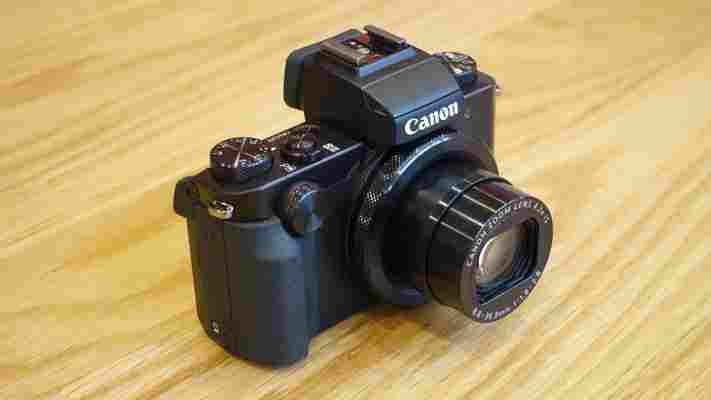
That depends on the size of the pocket, though. Measuring 52mm deep, it narrowly failed my jeans pocket test. I could just about squeeze it in but the protruding viewfinder meant it wasn’t really practical. The G5 X’s sibling, the Canon G7 X is slimmer and lighter because it doesn’t include a viewfinder, while the Sony RX100 III and RX100 IV (review coming soon) manage to squeeze a retractable viewfinder into their slimmer designs. Still, the G5 X is significantly smaller than any SLR or CSC with a zoom lens attached.
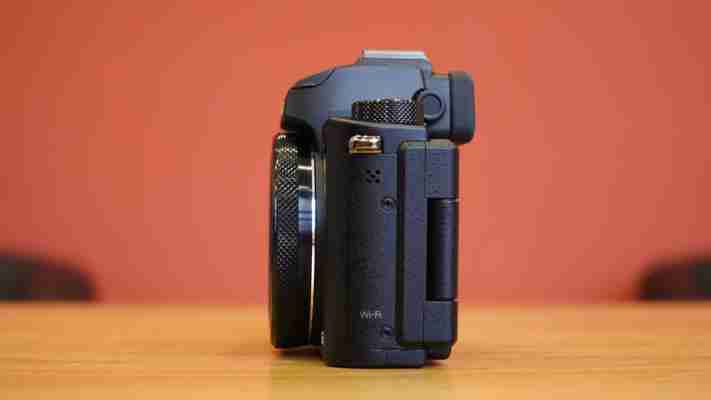
This impressive feat of miniaturisation comes with surprisingly few compromises. Most significant is the 210-shot battery life, which may not last a heavy day’s shooting. Additional batteries are expensive at £50 each. One saving grace is that charging is either in-camera or with the supplied external charger.
Build quality, controls and ergonomics are much harder to fault. The magnesium body and metal dials feel reassuringly solid, and the rubber handgrip is much more substantial than I’m used to seeing on this type of camera. It stops short of protruding further than the lens (when switched off) so it doesn’t add to the overall dimensions. The LCD screen folds out to the side and can tilt up, down, left, right or around for self-portraits. The electronic viewfinder looks pin sharp with its 1,024x768 resolution, and it turns on automatically as the camera is raised to the eye. The viewfinder image could be bigger, though. The viewfinder hump is also home to a hotshoe – a feature that’s notably absent from the Sony RX100 series. Putting a flashgun on such a small camera might seem weird but it’s ideal for wireless flash units.
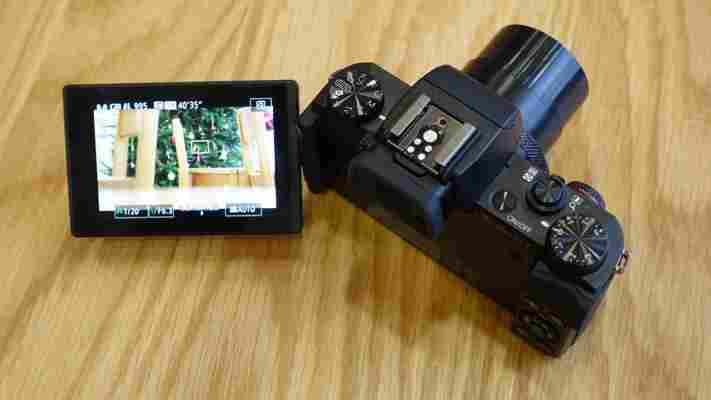
The vertically mounted command dial sits comfortably under the forefinger, and the dedicated exposure compensation dial falls under the thumb. There’s a mode dial over on the other side, and a lens ring and rear wheel, too. The lens ring, command dial and rear wheel can be assigned to a variety of functions, with different duties depending on which exposure mode is selected.
There isn’t much room for buttons on the back, but key functions such as drive mode, autofocus area and exposure lock have dedicated buttons. Most other photographic controls are accessed via the Q menu, but this is extremely quick to navigate via the touchscreen.
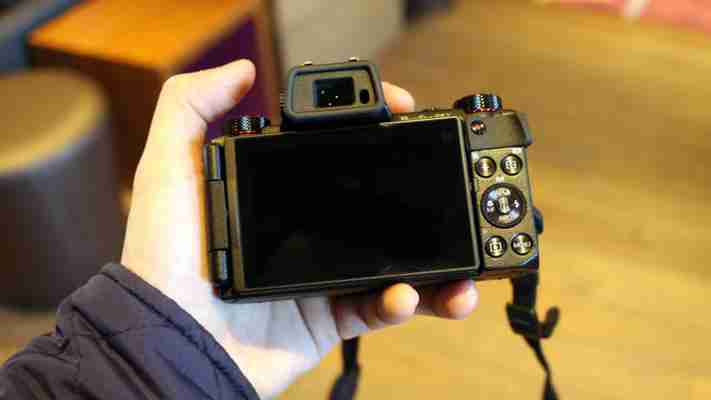
The touchscreen is particularly welcome for moving the autofocus point, especially during video capture. Video mode also includes on-screen buttons for exposure lock, exposure compensation and manual focus – either to lock focus or to adjust it. There’s also the option of full manual exposure control for video, which can be adjusted via the touchscreen to avoid shaking the camera or spoiling the soundtrack with the physical controls.
Video quality was generally excellent, with responsive autofocus, pleasing colours, sharp focus and little evidence of noise in low light. Fine details looked a little coarse when compared with 1080p videos from the Panasonic RX100 IV and Panasonic LX100 and the G5 X lacks these cameras’ 4K video capture and slow motion features. 1080p is likely to be enough for most people, though, and the G5 X delivers the goods.
Wi-Fi is built in for remote control and wireless transfers when used in conjunction with an Android or iOS device. I haven’t been able to get Canon’s companion app to work on my Nexus 4 phone in the past, but the updated app passed without a hitch this time around. Holding the phone and camera together during image playback established a connection between the two and invited me to select photos to transfer at 4-megapixel resolution. The remote viewfinder function includes access to exposure settings. There’s also an option to keep a log of the GPS location in the app, and use this to geotag photos based on capture time.
I like to fire off two or three shots of a subject to insure against autofocus errors or blinking subjects, so fast shot-to-shot performance is always welcome. The G5 X isn’t exactly dazzling in this respect, taking 0.9 seconds between shots. On closer inspection it transpired that the camera wasn’t bothering to refocus or re-evaluate the metering between shots when I pressed the shutter button again immediately after capturing a picture. In order to invoke autofocus and metering, I had to wait a little longer before taking the next shot. This slowed capture down to 1.9 seconds from shot to shot. That’s disappointing for a premium camera.
Continuous mode started at 6.7fps, slowing to 5.9fps after 15 frames, but this too had fixed focus and metering. Selecting Servo mode for continuous autofocus gave a respectable 4.2fps but the camera struggled to track moving subjects and metering was still fixed. Switching to RAW mode saw performance plummet to 1.2fps, regardless of autofocus settings.

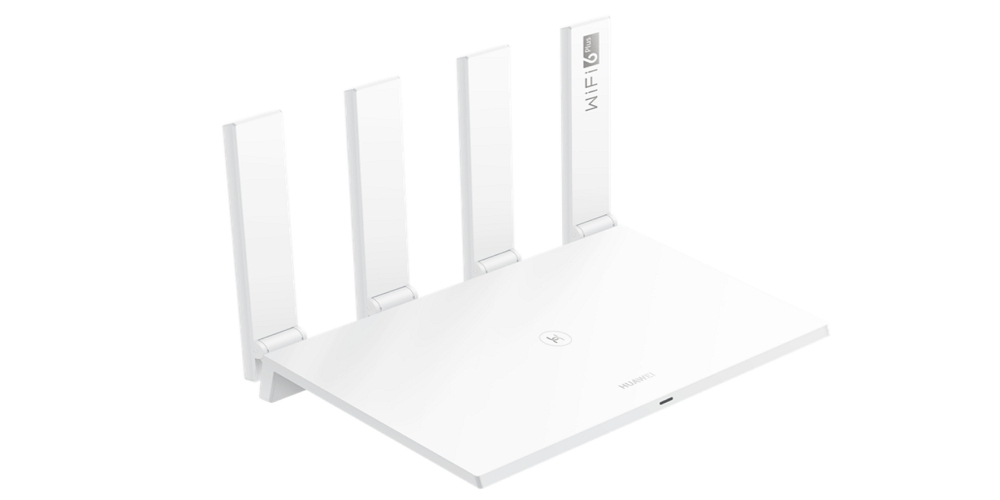
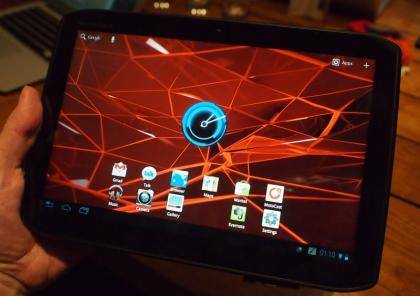
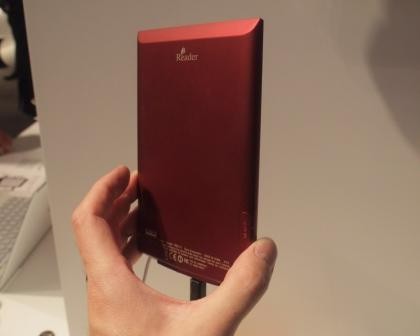
Leave a Comment